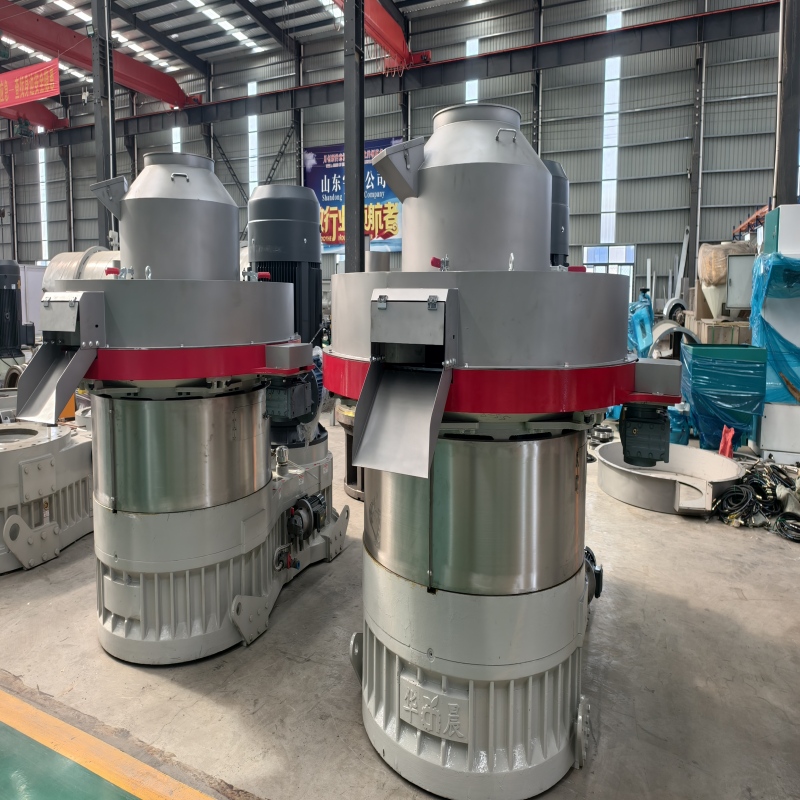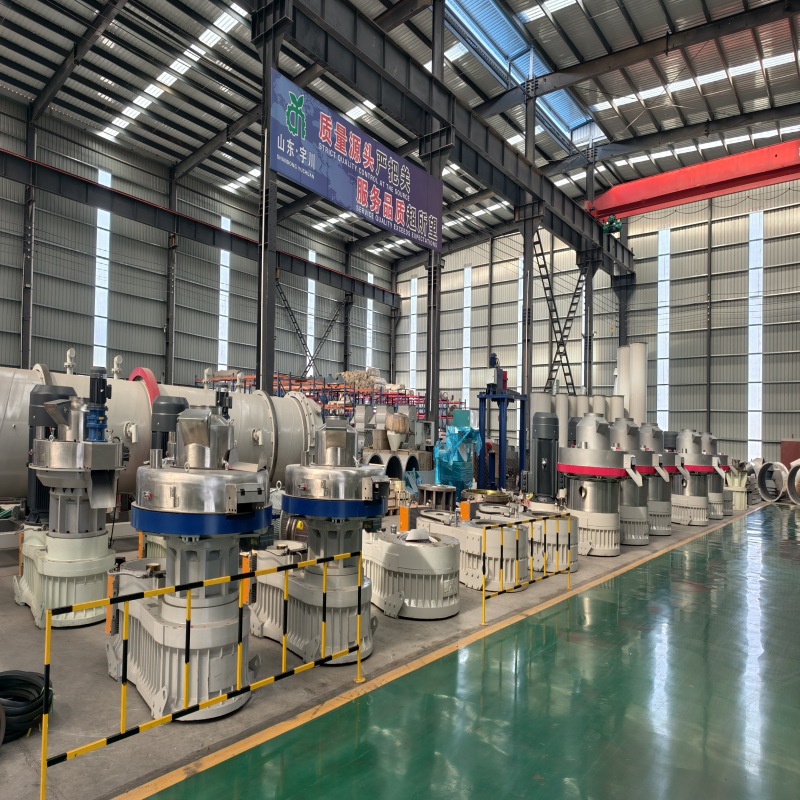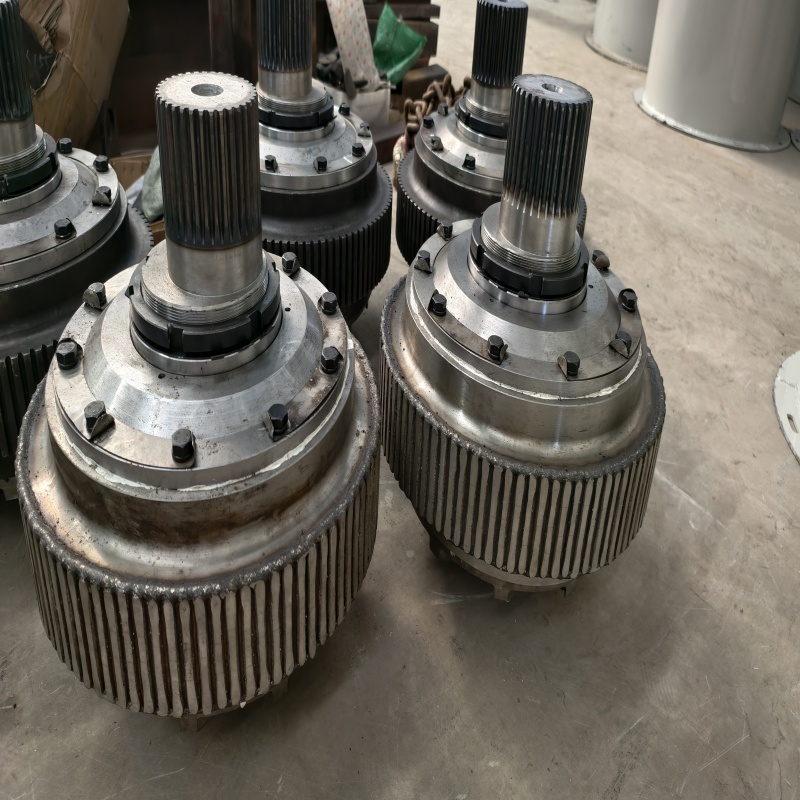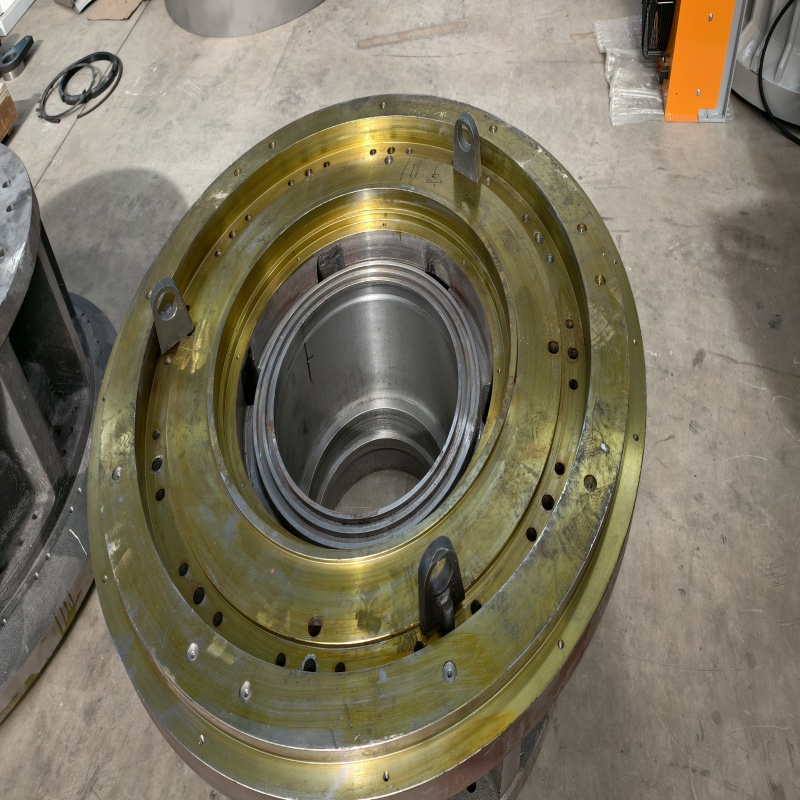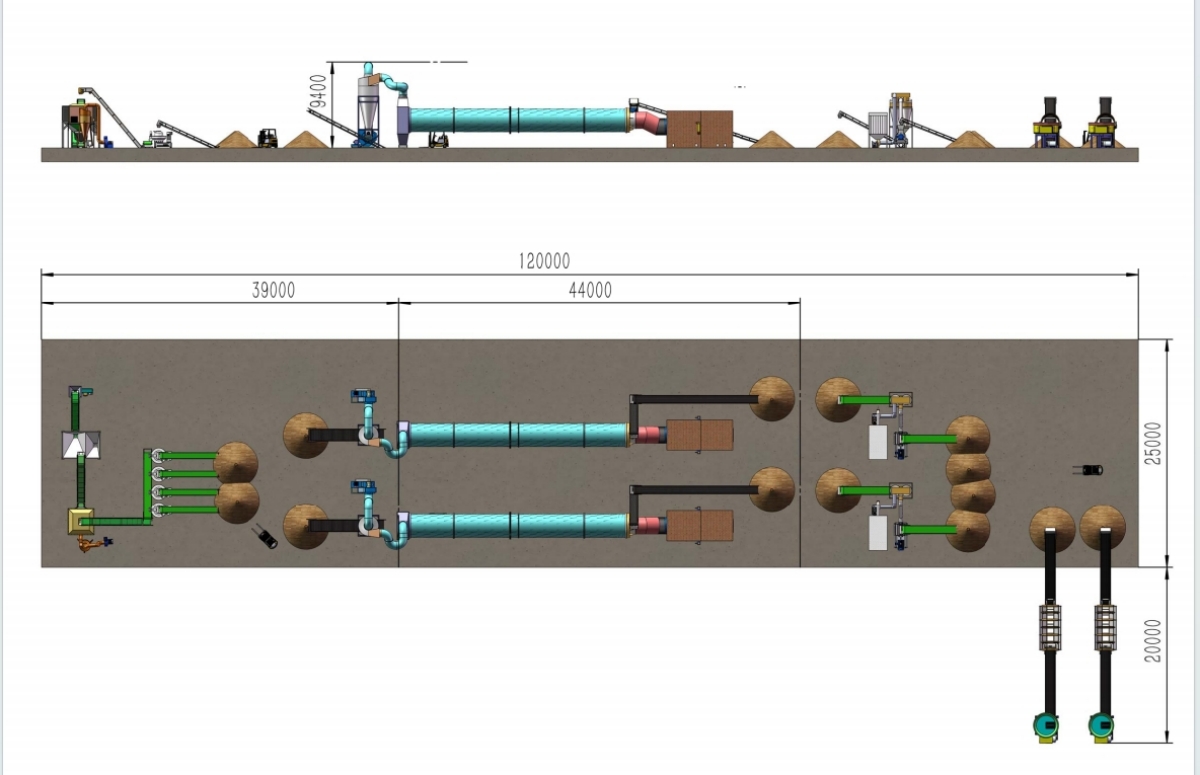Straw Grass Pellet Line
Introduction to straw pellets
Straw pellets are biomass fuel or feed pellets made from corn, wheat, rice and other crop straws as raw materials, which are crushed, dried and compressed.
Fuel pellets: calorific value 3000-4200 kcal/kg, diameter 6-10mm, replace coal/gas.
Feed pellets: nutrients need to be added, suitable for ruminants such as cattle and sheep.
Environmental characteristics: zero net CO₂ emissions, < 0.1% sulfur content, in line with the carbon neutrality policy.
Introduction to straw pellets
Straw pellets are biomass fuel or feed pellets made from corn, wheat, rice and other crop straws as raw materials, which are crushed, dried and compressed.
Fuel pellets: calorific value 3000-4200 kcal/kg, diameter 6-10mm, replace coal/gas.
Feed pellets: nutrients need to be added, suitable for ruminants such as cattle and sheep.
Environmental characteristics: zero net CO₂ emissions, < 0.1% sulfur content, in line with the carbon neutrality policy.
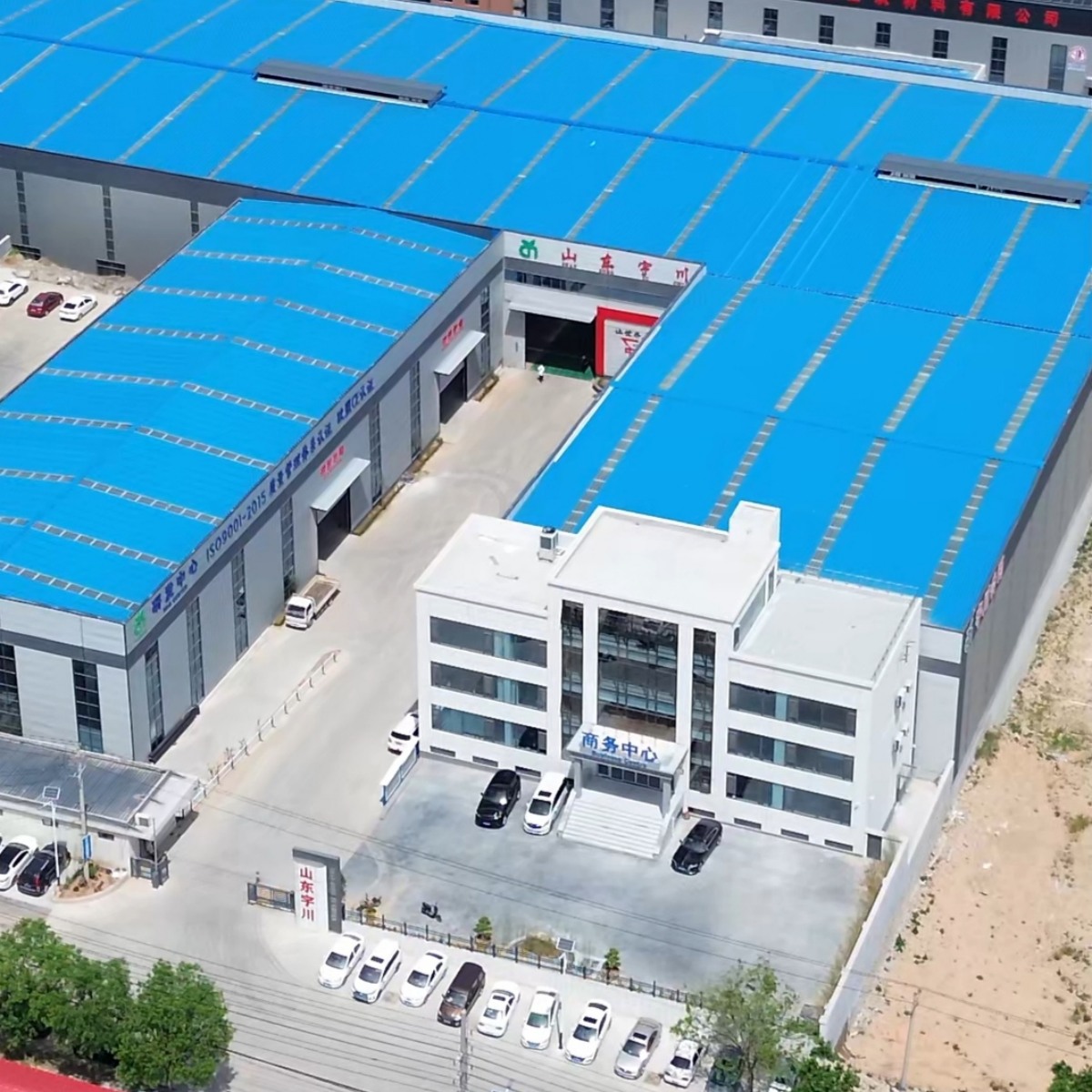
Second, the production line process
Raw material collection and pre-treatment
Collection: Straw bales (density 150-300 kg/m³) are transported to the factory.
Impurity removal: remove soil, stones and other impurities through trommel screen and winnowing machine.
Coarse crushing: chop to 3-5cm with a special straw crusher (feed needs to be finer).
dry
Use a three-lane dryer or jet dryer to reduce moisture from 25-40% to 12-15% (fuel) or 10-12% (feed).
Heat source selection: biomass combustion furnace (low cost), natural gas or steam (high environmental requirements).
Fine crushing and mixing
The hammer mill crushes the straw to 1-3mm, and the feed pellets need to be mixed with soybean meal, minerals, etc.
Granulation molding
Ring die pellet machine: compression molding under high pressure (50-100MPa), the mold temperature rises to 60-80°C to make lignin plasticized and bonded.
Cooling: After the pellets are discharged from the mold, they are cooled to room temperature by a counter-current cooler to avoid mildew.
Sieve packaging
The trommel screen removes debris, the qualified particles are automatically packed (25kg/bag or ton bag), and the fuel particles need to be treated with moisture.
3. List of core equipment
Device Name, Functions & Features, Key Parameters
Straw baler Collected in the field and compressed into square or round bales The baling density ≥ 180kg/m³
Chain conveyor anti-winding design, suitable for long fiber conveying conveying capacity of 5-15t/h
Twin shaft shear crusher handles high fiber straw, blade life ≥ 500 hours and power 55-132kW
Three-channel drum dryer Energy saving, consumption reduction, thermal efficiency ≥ 70%, evaporation water volume 2-8t/h
Ring die granulator wear-resistant alloy steel ring die, suitable for high fiber raw materials The production capacity is 1-5t/h, and the die hole is 6-10mm
Cooling tower Counter-current cooling to reduce particle temperature and moisture After cooling, the temperature of the particles ≤ 5°C at room temperature
Pulse bag dust removal system treats dust, emission concentration < 20mg/m³ and air volume 10000-50000m³/h
Fourth, the application field of the product
Energy Sector:
Industrial boilers: Replace coal and reduce SO₂ emissions.
Household heating: European ENplus A1 standard granules.
Agriculture:
Feed: Straw ammoniation or addition of molasses to improve palatability.
Organic fertilizer: mixed with livestock and poultry manure to make granular fertilizer.
Other Uses:
Mushroom cultivation medium, environmentally friendly building materials (fiberboard).
5. Advantages and challenges of the production line
advantage
Extensive raw materials: Our country's annual straw output is about 900 million tons, the utilization rate is less than 60%, and the supply is sufficient.
Policy support: the state subsidizes biomass projects

